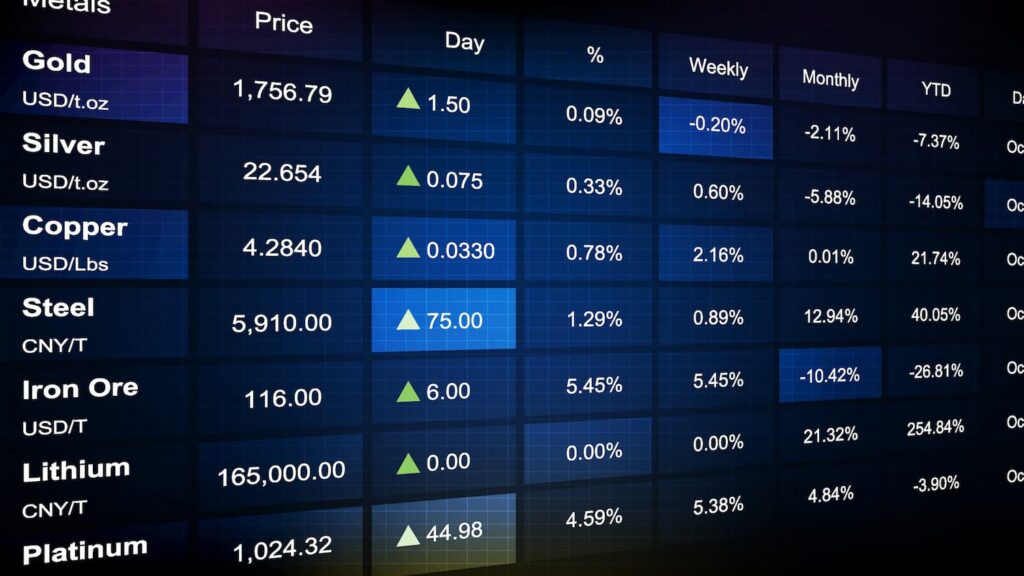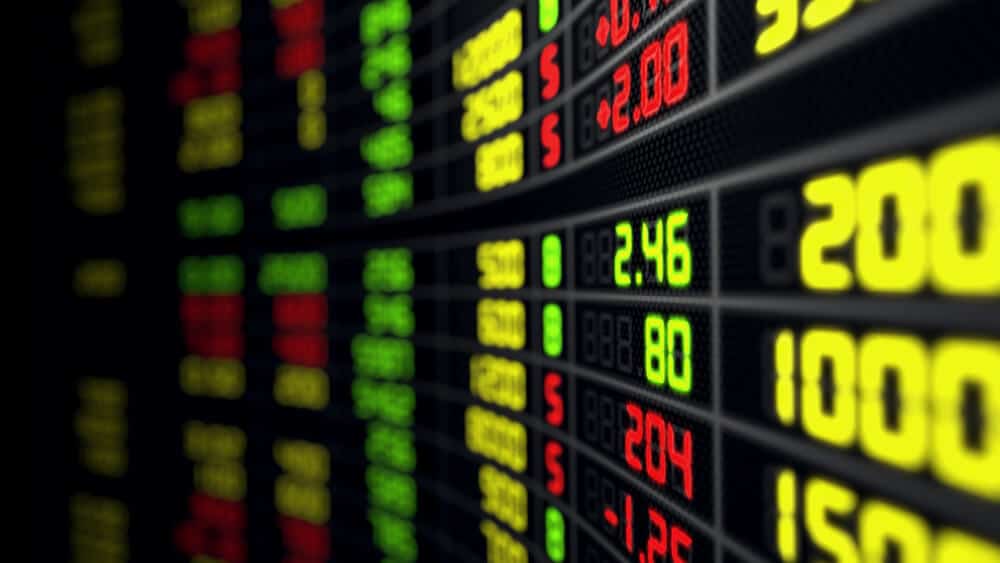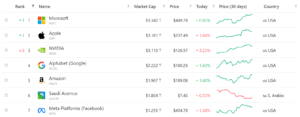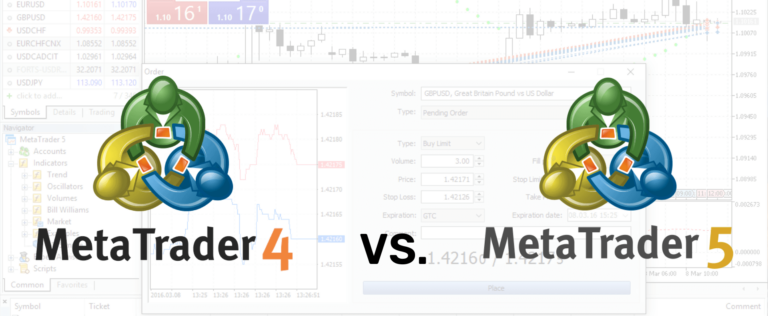In 2023, commodities’ overall performance was not good. However, for 2024, despite ongoing geopolitical conflicts in Ukraine and the Middle East, forecasts point to a less volatile market. This conflict has created issues at crucial global trade routes, leading to incidents like attacks in the Red Sea and transit restrictions in Panama due to the region’s drought. As a result, it is a significant factor in the 2024 forecasts.
The instruments that experienced the highest increase in value during 2023 were:
- GOLD:13.10%
- Copper: 1.19%
Unlike what is done by:
- Lithium: 72.49%
- Nickel: 43.13%
What will be the main factors affecting agricultural commodities? The war in Ukraine and the evolution of the “El Niño” phenomenon will be the primary factors causing variation. These climatic factors, particularly the “El Niño” phenomenon, can significantly impact Argentina’s harvest, including crops such as soybeans, wheat, corn, sunflower, sorghum, and barley.
What is the Expectation for Base Metals?
There could be a slight increase in the prices of aluminium and nickel, which Russia mainly supplies. However, copper may not perform well in the short term due to China’s poor economic growth and a crisis in the construction sector. Despite being a key element in the electrification of the economy, copper presents positive prospects only in the medium to long term. Can you tell me which raw materials have experienced the greatest price variation in the last three years?
2021
- Lithium: 442.80%
- Coal: 160.10%
- Petroleum: 55.01%
- Gas Natural: 46.91%
- Aluminium: 42.18%
2022
- Lithium: 72.49%
- Nickel: 43.13%
- Gas Natural: 19.97%
- Corn: 14.37%
- Platinum: 10.90%
2023
- GOLD: 13.10%
- Copper: 1.19%
- Aluminium: -0.17%
- Silver: -0.66%
- Platinum: -7.67%
Source: TradingView – Economist Intelligence Unit (EIU)
Energies
In 2022, oil prices soared up to $126 per barrel, thanks to a thriving post-pandemic recovery and the onset of the war in Ukraine. This was a remarkable year for the “black gold”, which made it necessary to reconsider the fundamentals affecting oil prices’ evolution. OPEC meetings and production cuts were implemented to support the balance. However, the Israel-Hamas conflict and other factors weighed down its performance in 2023, causing the prices to drop to $64.
In 2024, there may be significant changes in the US Federal Funds’ interest rates, with a possible reduction of 100 to 125 basis points, as per the funds’ records, as opposed to the expectations of traders who predict three cuts in the coming months. Meanwhile, the European Central Bank may also cut its interest rates, following the US Federal Reserve and the Bank of England, to support economies that show a deficit in growth and employment. According to the Chinese central government’s initial estimates, the economy may grow by approximately 5% by the end of 2024. However, many believe this growth is only possible with the help of new stimuli and low-interest rates, which aim to encourage an economy that is currently struggling and at risk of contraction.

Graphic: International Energy Agency
The low price point of $64 has been a significant factor in assessing advances in oil prices from 2021 until now. Despite experiencing a 50% price decrease between May 2022 and April 2023, oil prices show a trend of increasing lows and highs. This trend is evident in the recent upward momentum from $67 to $93, a 40% increase, sparking speculation of new upward movements that could be measured using Elliot waves. Some projections suggest that oil prices may reach $110 per barrel soon. However, it is essential to note that this remains highly speculative.
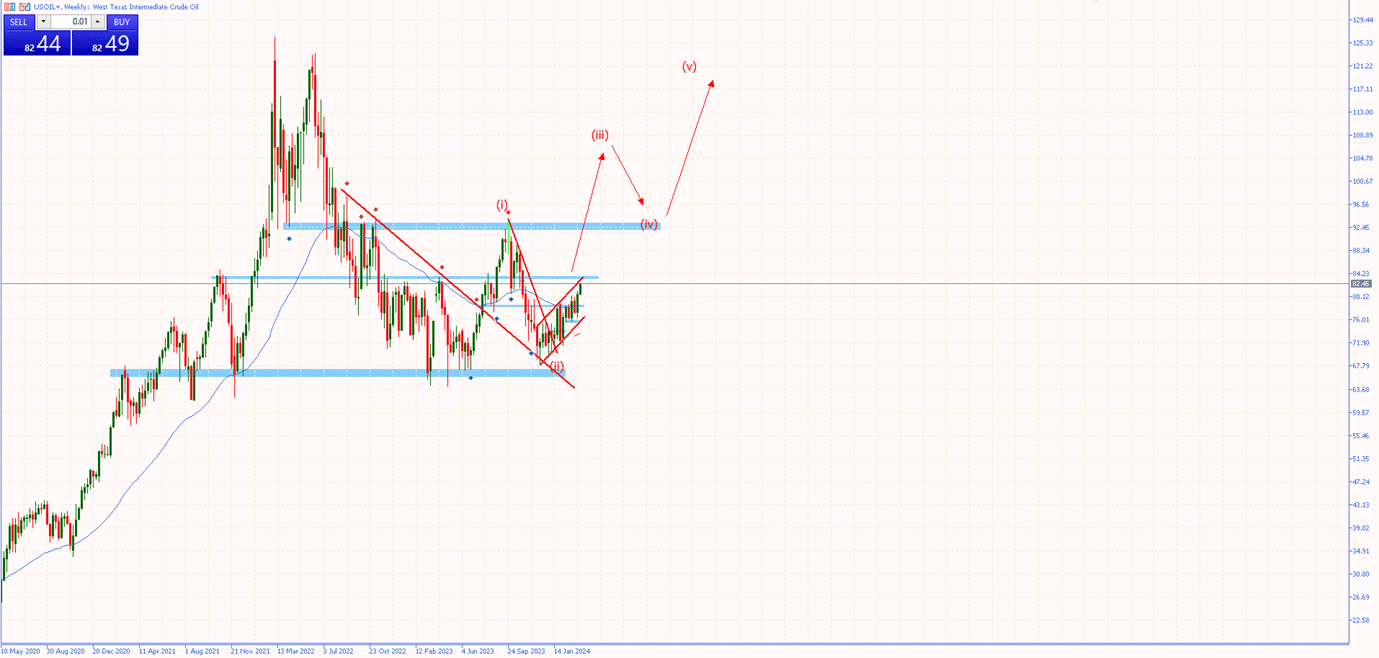 USOil 1W Chart – Hantec Markets MT5 Platform
USOil 1W Chart – Hantec Markets MT5 Platform
Natural gas prices face pressure due to the global economic slowdown and projected low demand. Higher-than-expected reserves of natural gas further compound this pressure in Europe despite the winter season in the northern hemisphere, which typically results in an increased demand for heating homes. Additionally, European leaders are pushing for the resurgence of nuclear energy, further impacting the prices of liquefied natural gas (LNG). During the first half of the year, investors will be closely monitoring the following factors:
- The strong gas reserves in Europe ahead of the upcoming heating season
- The push for low emissions and energy security by European leaders which may lead to a revision of their commitment to move away from nuclear power
- Increased export volumes of Norwegian gas to Europe following unforeseen interruptions and maintenance work.
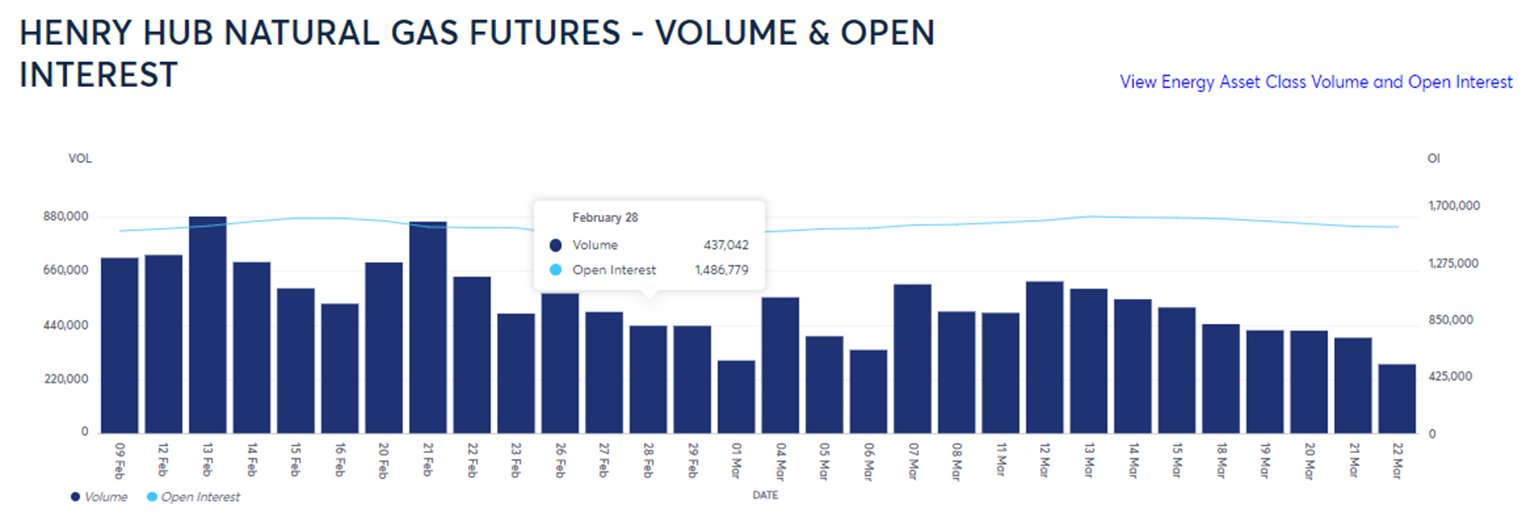
Volume & Open Interest Natural Gas – CME Group
Natural Gas prices have experienced a significant decline in the first quarter of this year. The prices have lost about 30% in total, with drops of -13.76% in January, -12.32% in February, and -4% in March. Currently, the prices are close to the lows of 2020. Traders might expect short-term bullish reactions due to the support level around $1.50, which could slow down the decline. However, the medium and long-term conditions suggest a negative scenario for commodity prices, which could lead to decreasing lows and a greater risk of falls than what has already been recorded.
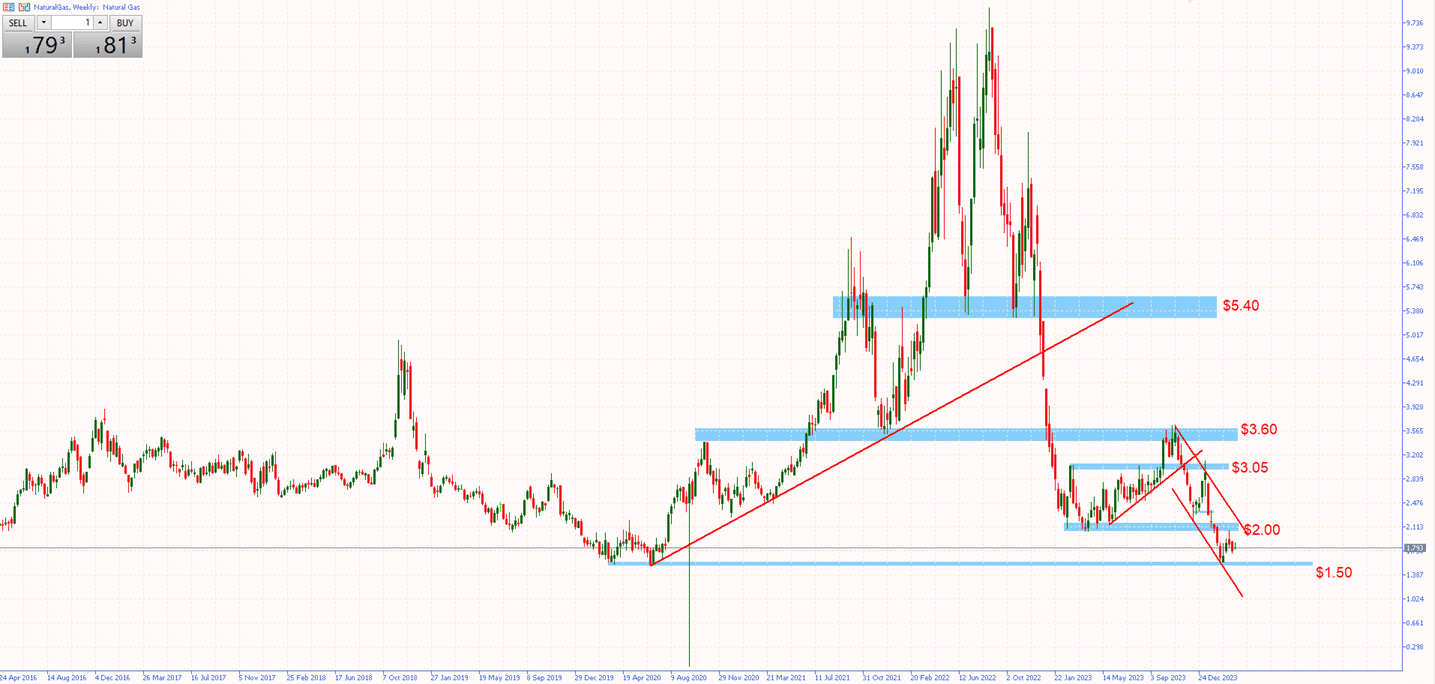 Natural Gas 1W Chart – Hantec Markets MT5 Platform
Natural Gas 1W Chart – Hantec Markets MT5 Platform
There is a noticeable difference between the number of buyers and sellers in the European market, as Asian operators have been attracted by the low prices offered by current contracts. This is due to the surplus of reserves in the region, which has caused concern among those who doubt whether Europe will be able to replenish its reserves for the next heating season. Although stockpiles have not decreased as much as expected this winter, no arrangements are being made to ensure restocking, which could lead to a drop in prices due to a lack of supply when demand increases during the colder months.
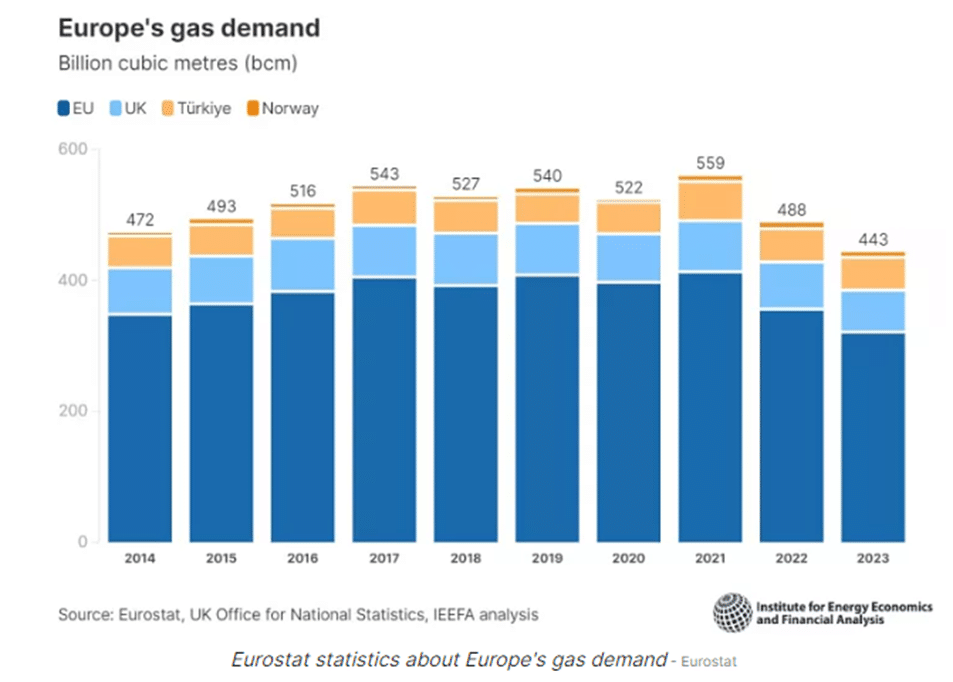 Eurostat, National Statistics Office UK, Institute for Energy, Economics and Financial Analysis
Eurostat, National Statistics Office UK, Institute for Energy, Economics and Financial Analysis
Price Expectations
Natural Gas
Gas demand worldwide is expected to grow by an average of 1.6% annually between 2022 and 2026. This is lower than the previous five-year average of 2.5% per year from 2017 to 2021. Gas consumption in Asia, the US, and Europe peaked in 2021 and is projected to decrease by 1% annually until 2026. Europe’s decline, in particular, is due to the REPowerEU plan and increased adoption of renewable energy sources. Considering these trends, it is unlikely that we will see a bullish market for natural gas.
Metals
As for metals, conflicts in the global economy can negatively impact the performance of safe-haven investments. The probability of a “soft landing” for the US economy in the second half of the year is only 20%, and as conflicts worsen, the general outlook may become bleak. The labour market’s slowing down is causing doubts in the macroeconomic environment despite a buoyant period between 2022 and mid-2023. Precious metals, driven by central bank demand and conflicts in the Middle East and Western Europe, are hitting new all-time highs. Uncertainty around the Fed’s strategy is affecting the metals market, but it continues to trend upwards. A bullish scenario is expected for 2024, with only monthly closes below $2,080 a barrel, potentially invalidating this projection.
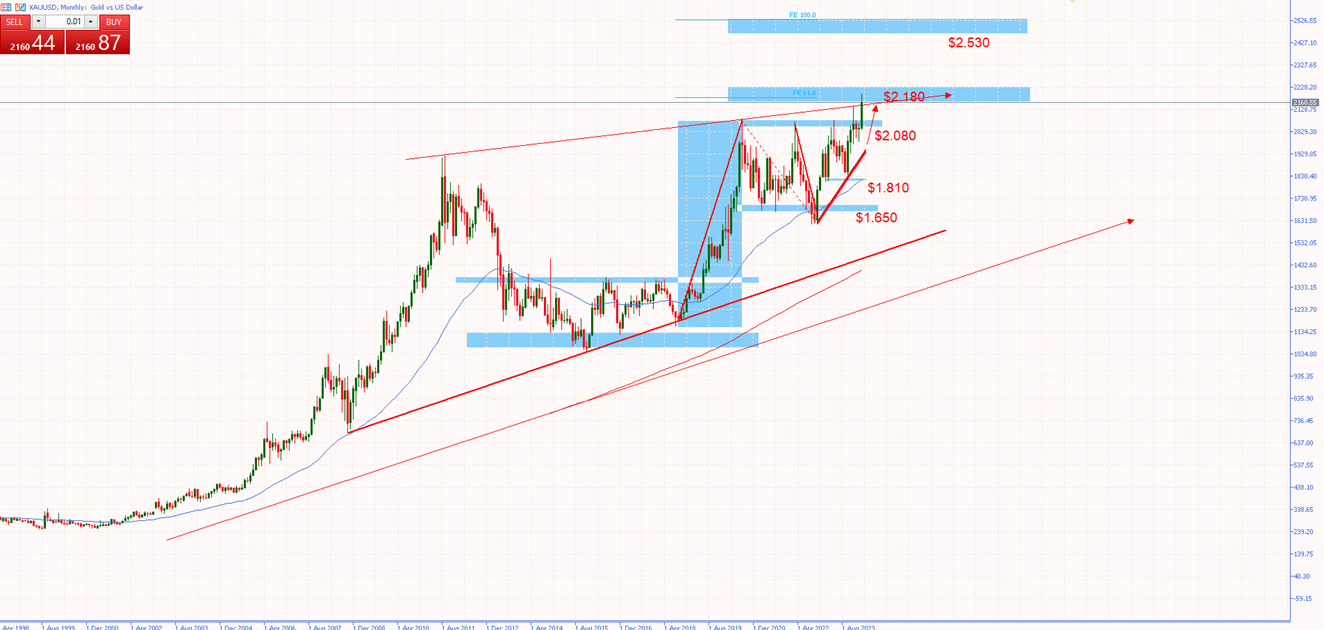 GOLD 1M Chart – Hantec Markets MT5 Platform
GOLD 1M Chart – Hantec Markets MT5 Platform
Peru and Chile are the top countries in the world for copper extraction and exports, with Chile having the largest share at 27% and Peru with 10%. The Chilean Copper Commission (Cochilco), a state-run organisation, has increased its copper price forecast for 2024 to $3.85 per pound, up from $3.75. This is due to a few factors, including:
- Normalisation of monetary policy
- Increasing demand for electric vehicles and energy transition.
Given the favourable conditions, Cochilco anticipates the average copper prices to reach $3.90 in 2025. Chile expects production to increase by 5.7% in 2024 to 5.63% million metric tons, primarily owing to the higher production of the Quebrada Blanca II project by Teck. Chile also expects to produce 6 million tons in 2025. Global copper production is expected to rise by 5.8% to 22.79 million tonnes in 2024 and to 23.50 million tonnes in 2025. Global demand for copper is predicted to rise by 3.2% to 2.13 million tonnes by 2024.
Over the past 45 years, the Chinese economy has grown by more than 8%. However, growth has been marked by a slowdown between 2020 and 2022. The ambitious growth target of around 5% seems achievable, but no significant stimuli demonstrate greater momentum in the recovery process. In the third quarter of 2023, growth was 4.9%, which exceeded expectations. Still, the consumer confidence index in China is slowing down, indicating a less prosperous scenario for the first few months of 2024.
The real estate sector accounts for 30% of China’s GDP, but in the last three years, more than 50 construction companies have gone bankrupt or defaulted on their debts. The sector is caught in a vicious circle, as the fall in confidence indicates a lower purchase option among taxpayers. The real estate crisis has caused confidence to plummet to 86.5 points, representing a drop of more than 26% in two years.
The biggest problems facing the Chinese economy today and in the future are the abundance of liquidity and the lack of consumption among citizens. This is due to the huge fiscal deficit. According to experts, by 2028, public debt will be above 100% of GDP, compared to 40% in 2015 and 77% in 2022.
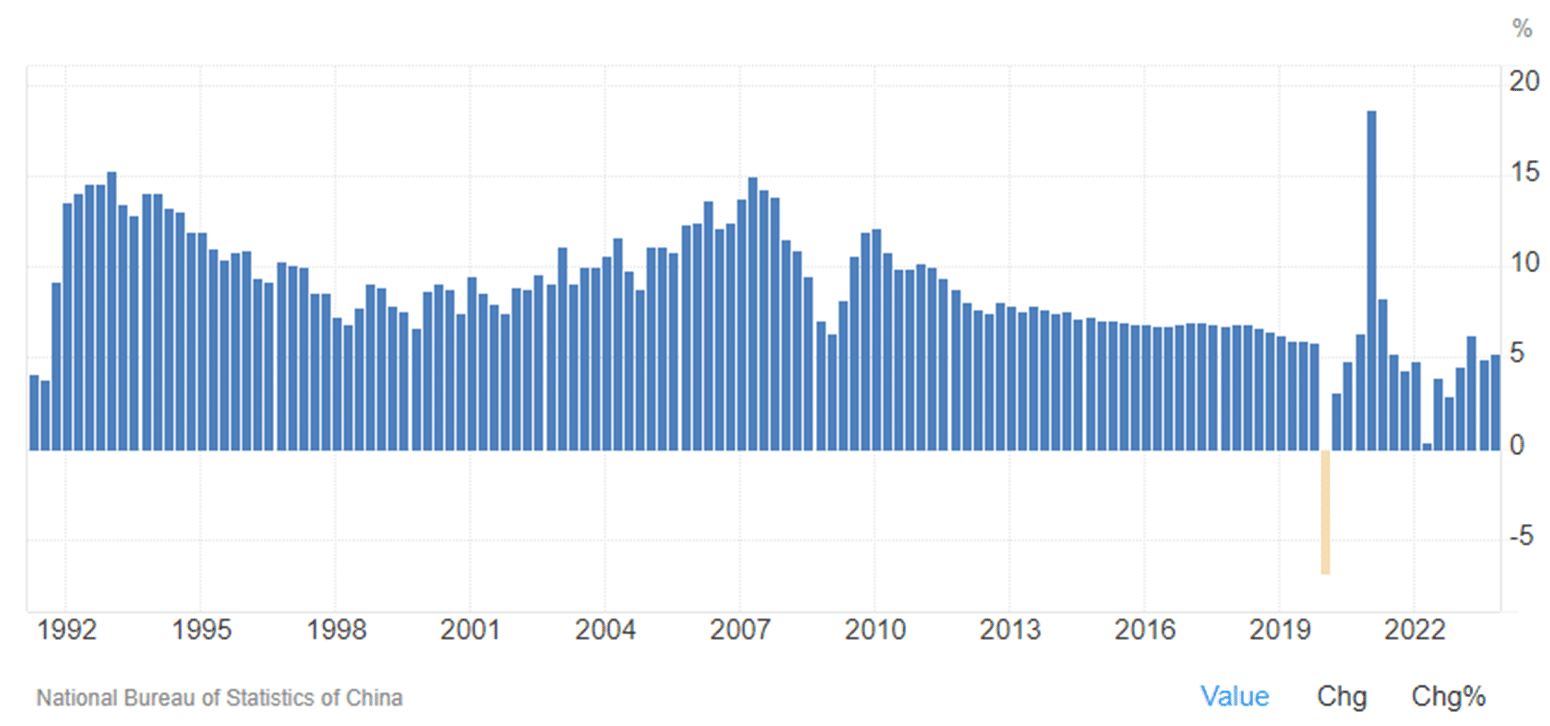
China’s annual quarterly GDP – TradingEconomics.com
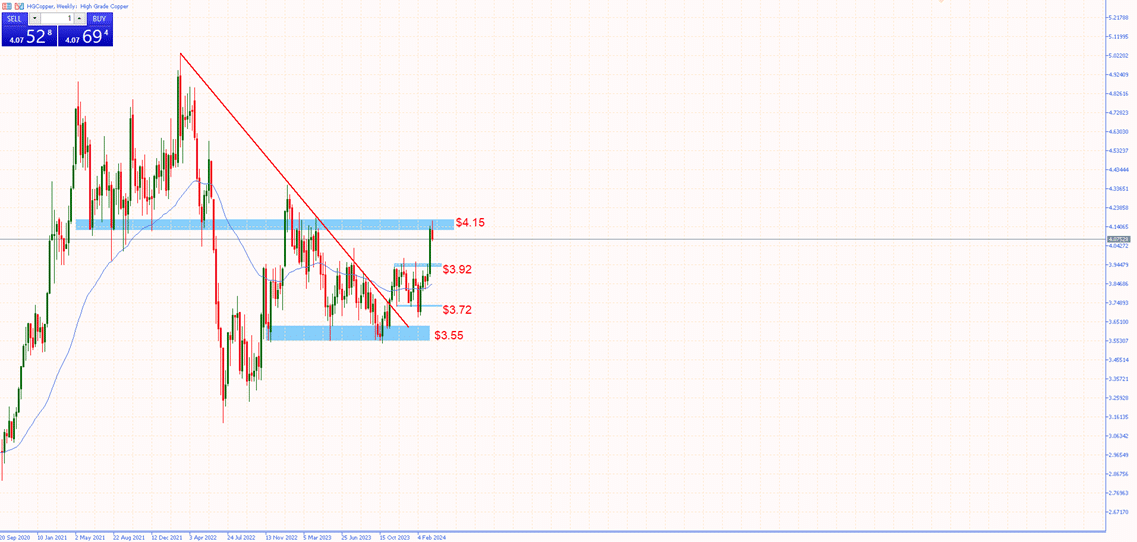 HGCopper 1W Chart – Hantec Markets MT5 Platform
HGCopper 1W Chart – Hantec Markets MT5 Platform
Agriculture
The weakening of the “El Niño” weather pattern is expected to affect agricultural production in 2024. The meteorological phenomenon “La Niña” is expected to develop with a probability of 55% between June and August, which will mainly impact the primary sector. However, the “El Niño” phenomenon is expected to end between April and June, which will provide relief for producers and boost the world economy.
In 2023, the prices of white agricultural commodities, including coffee, cocoa, sugar, corn, and soybeans, increased by 12.3% compared to 2022, according to the Dow Jones-UBS index. This increase in prices was due to the Russian-Ukrainian conflict. However, during 2023, there was less pressure on the prices, leading to a steep drop. Extreme weather conditions in Brazil’s primary sector and the driest monsoon in five years in India led to a decline in crop production and export restrictions. Cocoa deliveries fell 35% year-on-year in Africa.
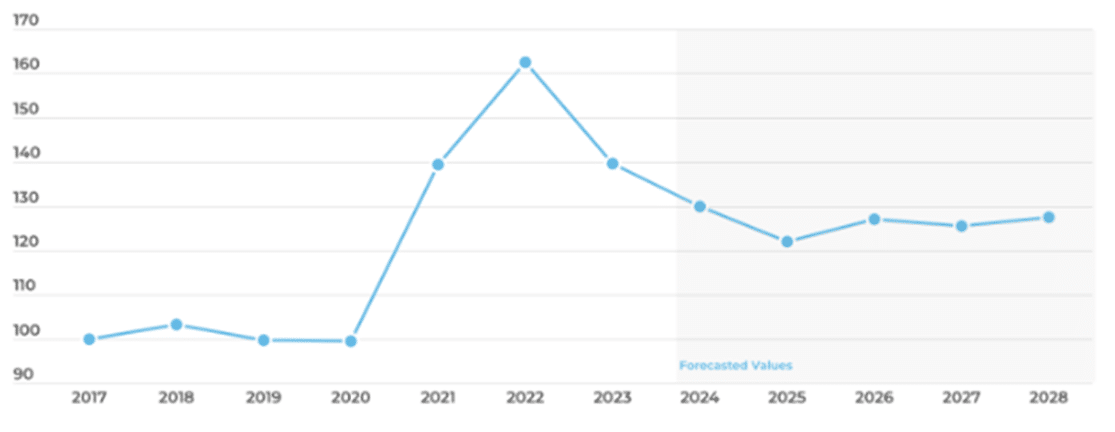 Agriculture commodity price prediction (2017 = 100) – FocusEconomics.com
Agriculture commodity price prediction (2017 = 100) – FocusEconomics.com
Price Forecasts
It is possible that the impact of “El Niño” will be observed as soon as the crops are harvested, even though, as per the predictions of the U.S. weather service, it has already ended. This will lead to a rise in commodity prices for sugar, cocoa, coffee, rice, and palm oil in the fourth quarter of 2024. A moderate “La Niña” is expected to have a slight positive impact on agricultural production, but it is not likely to result in significant price changes.

